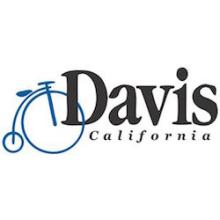AT&T Gets Snagged In Giant Loophole Attempting To Avoid Merger Responsibility
They're at it again. Recently, they have been called out for taking advantage of E-rate; now they are taking advantage of their own lack of infrastructure investment to worm their way out of obligations to serve low-income residents. Fortunately, a nonprofit group caught up with AT&T's shenanigans and held their feet to the fire.
"Nah, We Don't Have To Do That..."
As part of FCC-mandated conditions under which AT&T was allowed to acquire DirecTV in 2015, the telecommunications conglomerate created the "Access from AT&T" program, offering discount Internet access to low-income households. The program consists of tiered services - download speeds of 10 Megabits per second (Mbps) for $10 per month, 5 Mbps for $10 per month, and 3 Mbps for $5 per month.
The company is required to enroll households in the fastest speeds available, but a significant amount of low-income families don't qualify because the fastest speed AT&T offered to their home is 1.5 Mbps download. The problem, created by AT&T's own lack of infrastructure investment in certain neighborhoods, allowed AT&T to dodge their responsibility under the terms of the DirecTV acquisition by simply denying enrollment to households with speeds less than 3 Mbps. Trouble is, some one noticed.
NDIA In Cleveland, Detroit
The National Digital Inclusion Alliance (NDIA) realized the scope of the problem when they attempted to help families in low-income neighborhoods in Detroit and Cleveland sign up for Access from AT&T. In addition to discovering that residents could only obtain 1.5 Mbps download speeds, NDIA found that AT&T denied these households enrollment because their speeds were too slow. The only other option for ineligible households was AT&T’s normal rate for 1.5 Mbps service, which is six times the cost of the Access program.
Loopholes: All Lawyered Up And Nowhere To Go


